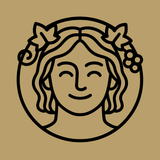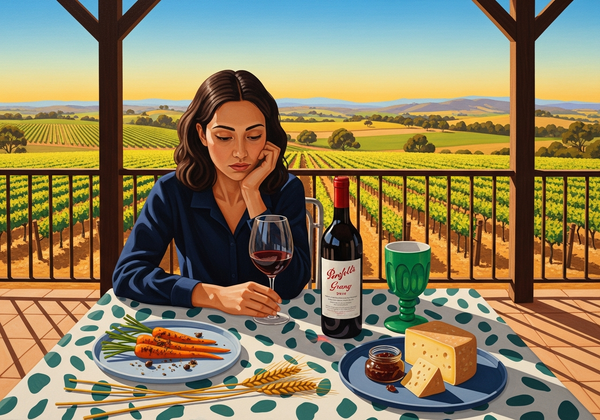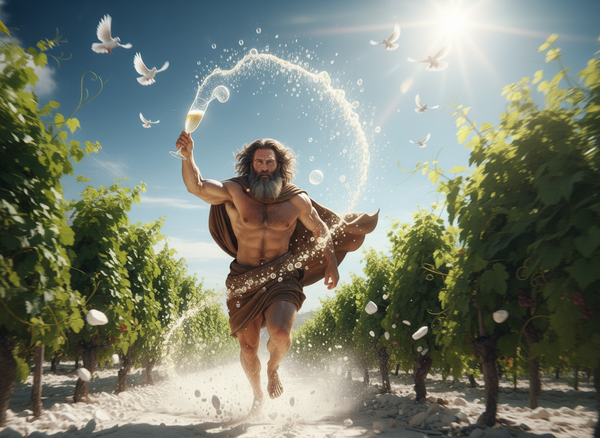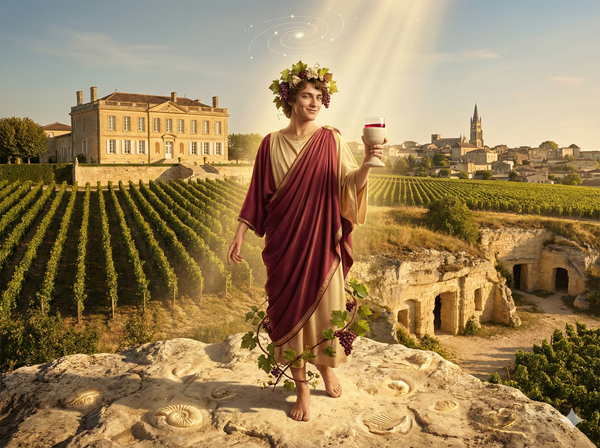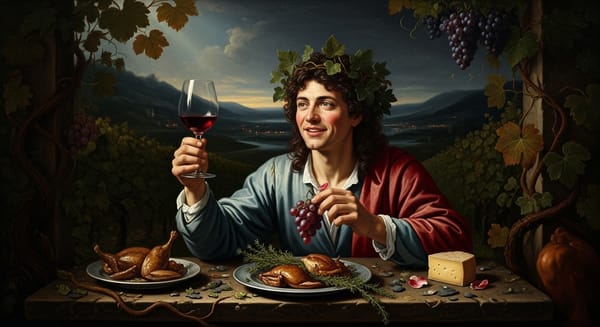Harlan Estate: How One Man Turned Napa Hills into California’s Ultimate Cult Cabernet From real estate dreams and mountain lions, to billionaires begging for bottles—this is Napa’s most compelling vineyard story.
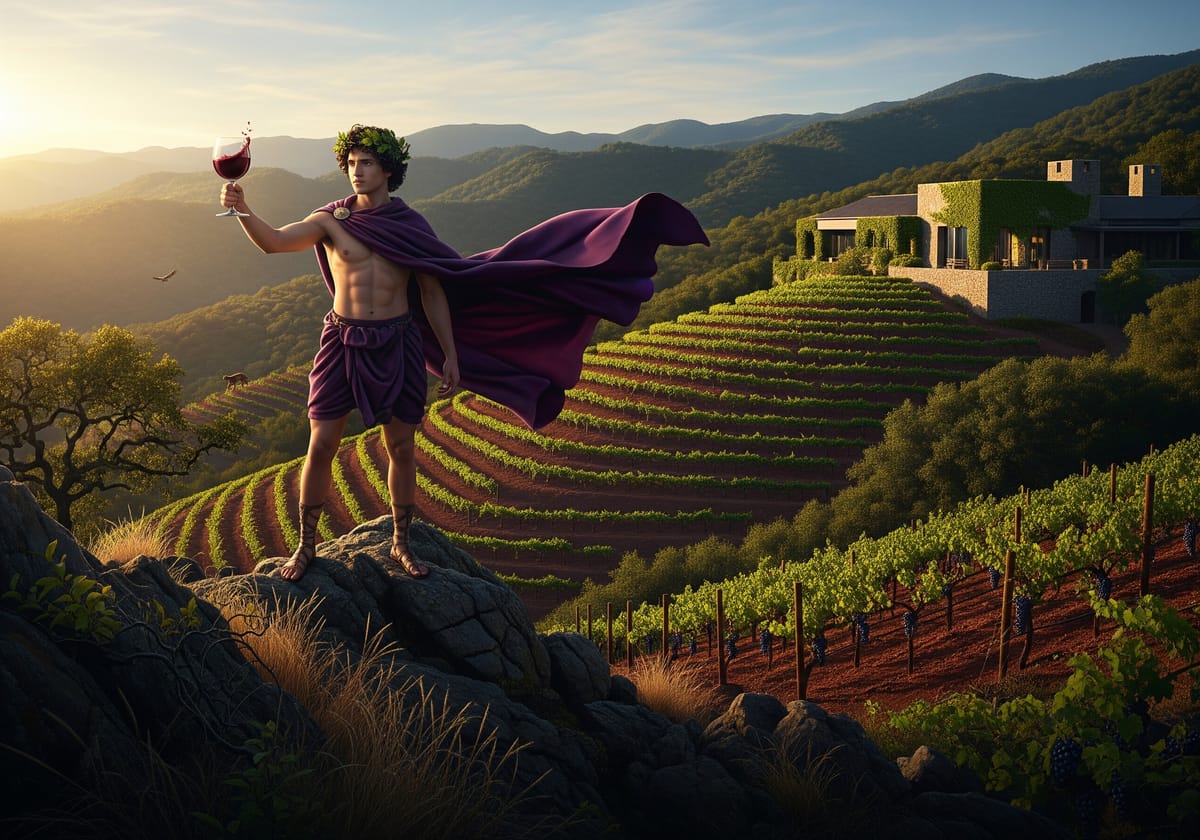
Okay, here’s the short version:
A property developer named Bill Harlan buys rugged Napa hillside in the ’80s, enlists a star-studded team, survives threats from cougars (literal mountain lions, not investors), and quietly builds what becomes America’s greatest Bordeaux-inspired cult estate. Today, billionaires, collectors, and critics scramble for Harlan Estate’s deep, inky bottles as if they’re holding liquid Bitcoin.
But you didn’t come here for the short version—so pour something dark and expensive, settle in, and let’s unpack this saga the Liber way.
1. 1984: A Visionary Bets Big on Napa
Bill Harlan wasn’t a wine guy at first—he was a savvy real estate developer obsessed with legacy. Inspired by visits to Château Latour and Lafite, Harlan bought a chunk of rough hillside west of Oakville, aiming not just for greatness, but to craft Napa’s answer to First Growth Bordeaux. Locals raised eyebrows: too steep, too remote, too wild. Exactly his style.
2. A Wild Hillside Tamed (Sort Of)
Harlan’s vineyard, a rugged 240-acre patch that would yield barely 40 acres of vines, was carved into slopes dense with scrub oak, poison ivy, rattlesnakes, and yes, mountain lions. The terrain was relentless—but perfect: rocky volcanic soils, ideal elevation, and sun-drenched exposure.
He brought in Napa legends David Abreu (vineyard manager) and Bob Levy (winemaker) to painstakingly map plots and plant Cabernet Sauvignon, Merlot, Cabernet Franc, and Petit Verdot. The obsession with precision was immediate: tiny blocks, tight vine-spacing, microscopic yields.
In Napa terms, this was a Ferrari planted on Mars.
3. Early Silence, Then Explosive Fame
Like Bass Phillip’s Jones, Harlan refused to rush. After planting in 1985, no wine hit the market until 1990—just 600 cases. The wine was intense, opulent, and shockingly concentrated, and critics were stunned. Robert Parker handed out stratospheric scores; collectors started whispering.
Then the 1994 vintage dropped: Parker awarded a perfect 100 points, describing it as “liquid silk.” Overnight, Harlan Estate became Napa’s ultimate icon wine—joining Screaming Eagle as the valley’s benchmark. The cult was born.
4. Why It’s Iconic: The Harlan Formula
Let’s cut the fluff. Here’s why Harlan Estate isn’t just a hype-machine:
- Scarcity Economics: Limited acreage + punishing yields = tiny production (<2,000 cases/year).
- Critical Mass: Harlan has scored multiple 100-point ratings—rare territory shared by only a handful of global icons.
- Consistency & Longevity: Harlan’s early vintages (especially the legendary ’94, ’97, ’01, ’02) are aging gracefully, rivaling top Bordeaux growths.
- Exclusivity Factor: Priced at $1,600+/bottle on release, with years-long waiting lists, Harlan Estate’s positioning as Napa’s ultimate status symbol is undeniable.
5. The Second Generation Takes Over
In 2021, Bill handed control to his son, Will Harlan. The vision remained crystal clear: no expansion, no dilution—just relentless pursuit of perfection. The new generation doubled down on sustainable practices, deeper terroir exploration, and ever-tighter micro-parcel management.
6. Icon Bottles That Define Harlan
If you’re hunting the legendary vintages that built Harlan’s cult reputation, start here:
- 1994: The “perfect” vintage that sealed Harlan’s destiny. Hedonistic, rich, still youthful 30 years on.
- 1997: Another Parker 100-pointer, lush and flamboyant, considered among Napa’s greatest modern wines.
- 2001: Balanced, elegant, intense—the Bordeaux-purist’s Harlan.
- 2002: Massive structure, endless aging potential; collectors chase this vintage relentlessly.
7. The Future: Guarding the Legacy
Under Will’s stewardship, expect deeper micro-management of vineyard parcels, ever-smaller production, and more meticulous farming—think biodynamics and regenerative agriculture practices. The goal? Less a winery, more an enduring American legend.
The Liber Takeaway
Harlan Estate isn’t just wine—it’s a blueprint for ambition, a monument to meticulousness, and a masterclass in crafting scarcity. In a valley filled with wealth and hype, Harlan cracked the code: craft something uncopyable, charge accordingly, and obsessively guard quality.
So next time you see a billionaire battling a mountain lion for a bottle—pour a glass and savor the genius behind Napa’s ultimate cult Cabernet. Cheers to obsessions worth celebrating.

